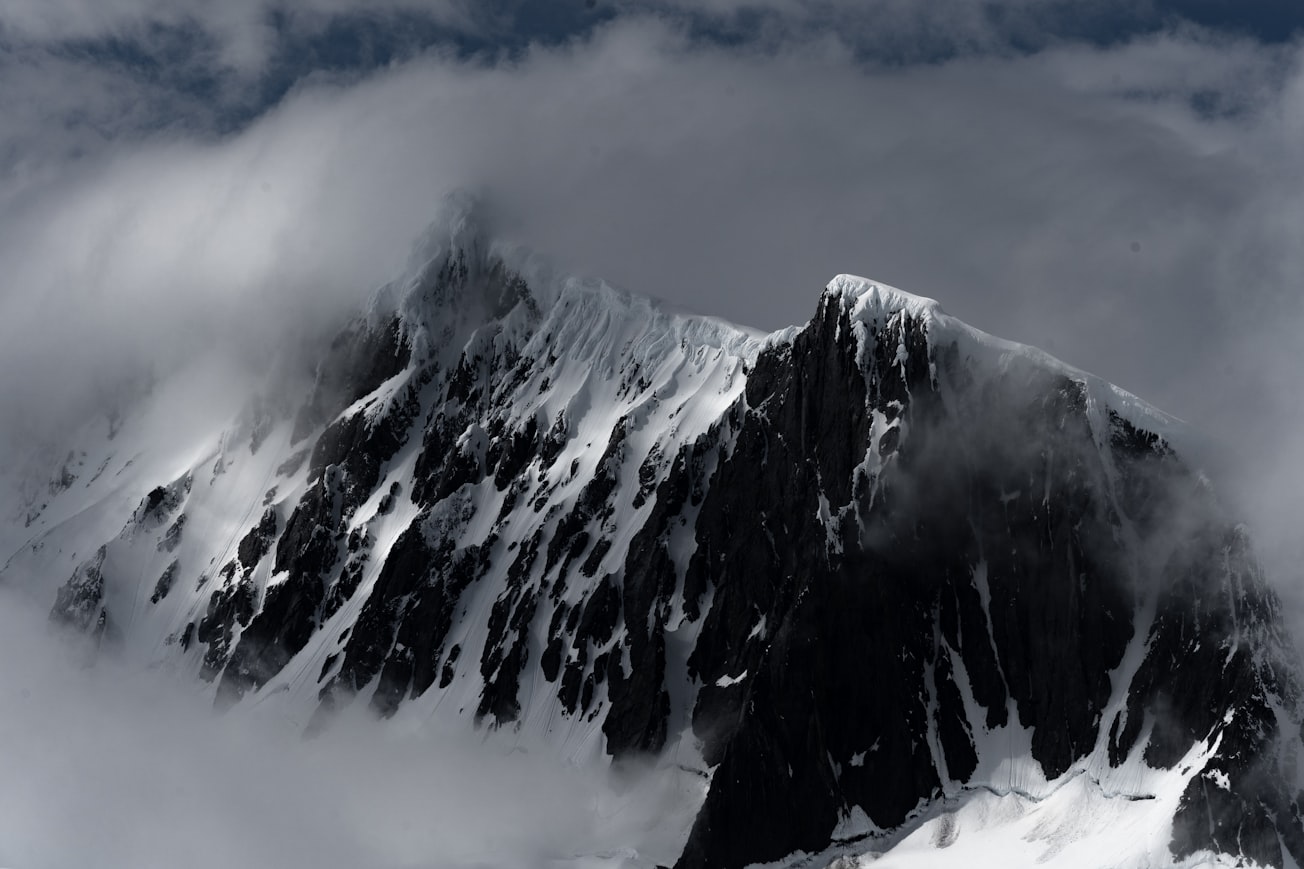What is it about?
The Late Mesozoic stocks composed of alkaline-ultramafic rocks in the northern Prince Charles Mountains (East Antarctica) contain xenogenic zircon entrained during magma ascent to the surface providing the only evidence for the age of sub-surface crustal horizons.
Featured Image

Photo by James Eades on Unsplash
Why is it important?
The captured zircons display a range of ages from ca 2700 Ma to ca 300-230 Ma with most pronounced ages of ca 900-800 Ma and ca 660-500 Ma. These data indicate that the presently exposed rock association in the northern Prince Charles Mountains is underlain by differing geological unit(s). The presence of ca 900-800 Ma and ca 600−500 Ma xenogenic zircons argues for a post-1000 Ma orogeny, which may be the Kuunga-age collisional episode.
Perspectives
The presence of ca 2700 Ma zircons indicates that a Neoarchaean component contributes to the lower crustal horizons and that the presumably Proterozoic Rayner Province is not entirely composed of the Proterozoic protoliths, but rather is a tectonic mixture of the Archaean (Ruker Province?) and younger rocks. This finding also argues against a Kuunga-age collisional suture running through the Ruker Province and thus placing it further south within the sub-ice terrain. The occurrence of ca 300-230 Ma zircons, which could not have been derived from any known crystalline rock in this region, indicates that Late Palaeozoic magmatism either contributed to the Lambert Rift fill or resulted in within-crustal chambers parent to mafic dyke suites.
Boris V Belyatsky
Karpinsky Geological Institute (VSEGEI)
Read the Original
This page is a summary of: The age of continental crust in the northern Prince Charles mountains (East Antarctica) as evidenced by zircon xenocrysts from cretaceous alkaline-ultramafic rocks, Lithos, September 2020, Elsevier,
DOI: 10.1016/j.lithos.2020.105599.
You can read the full text:
Contributors
The following have contributed to this page







